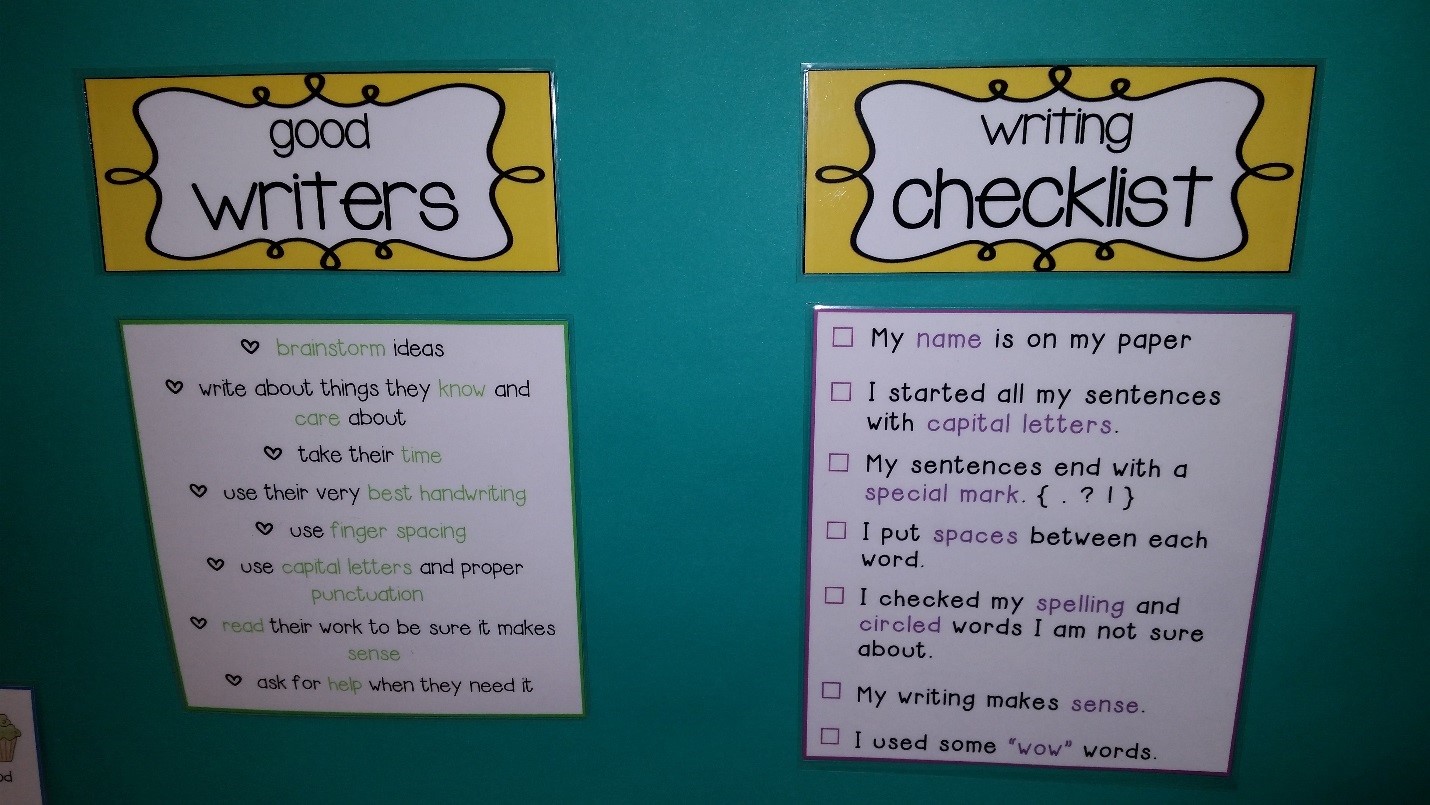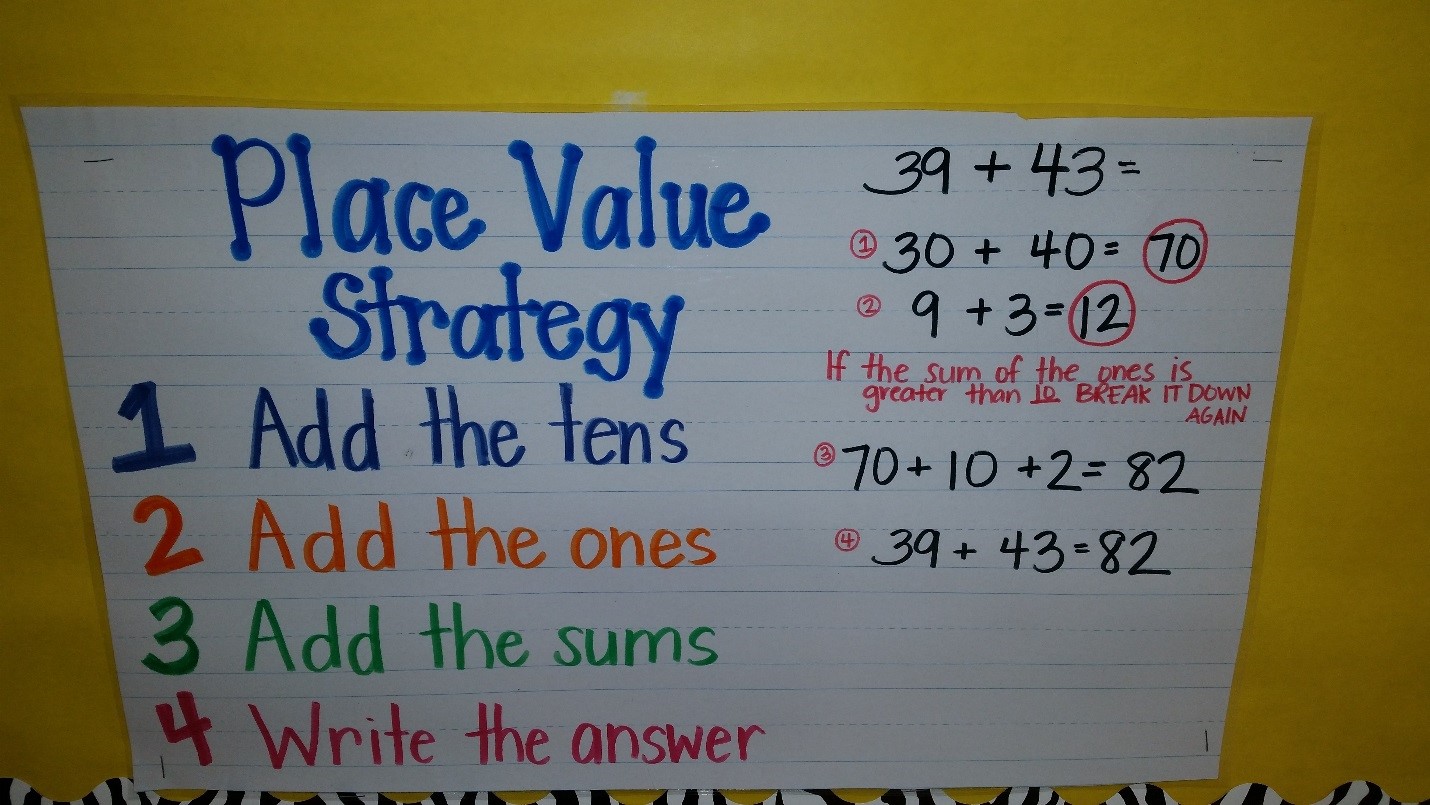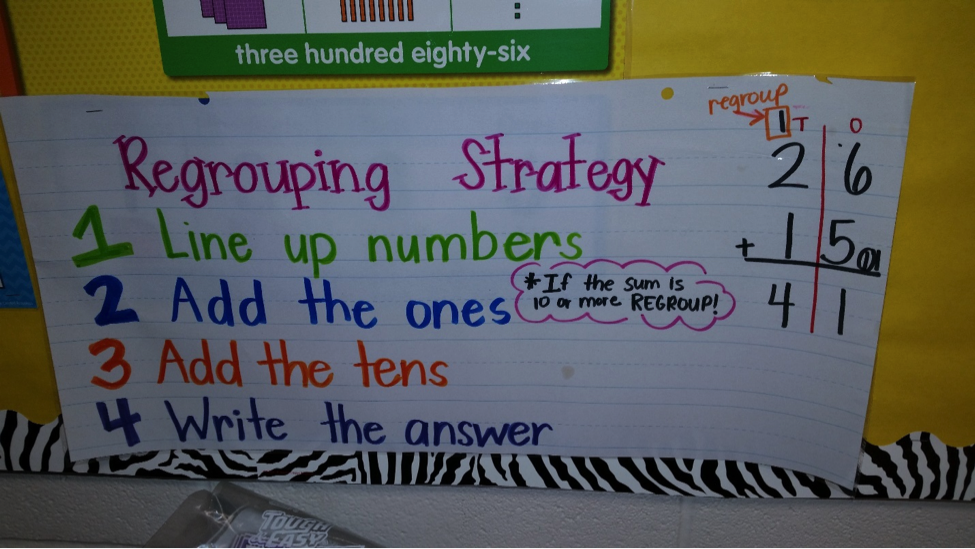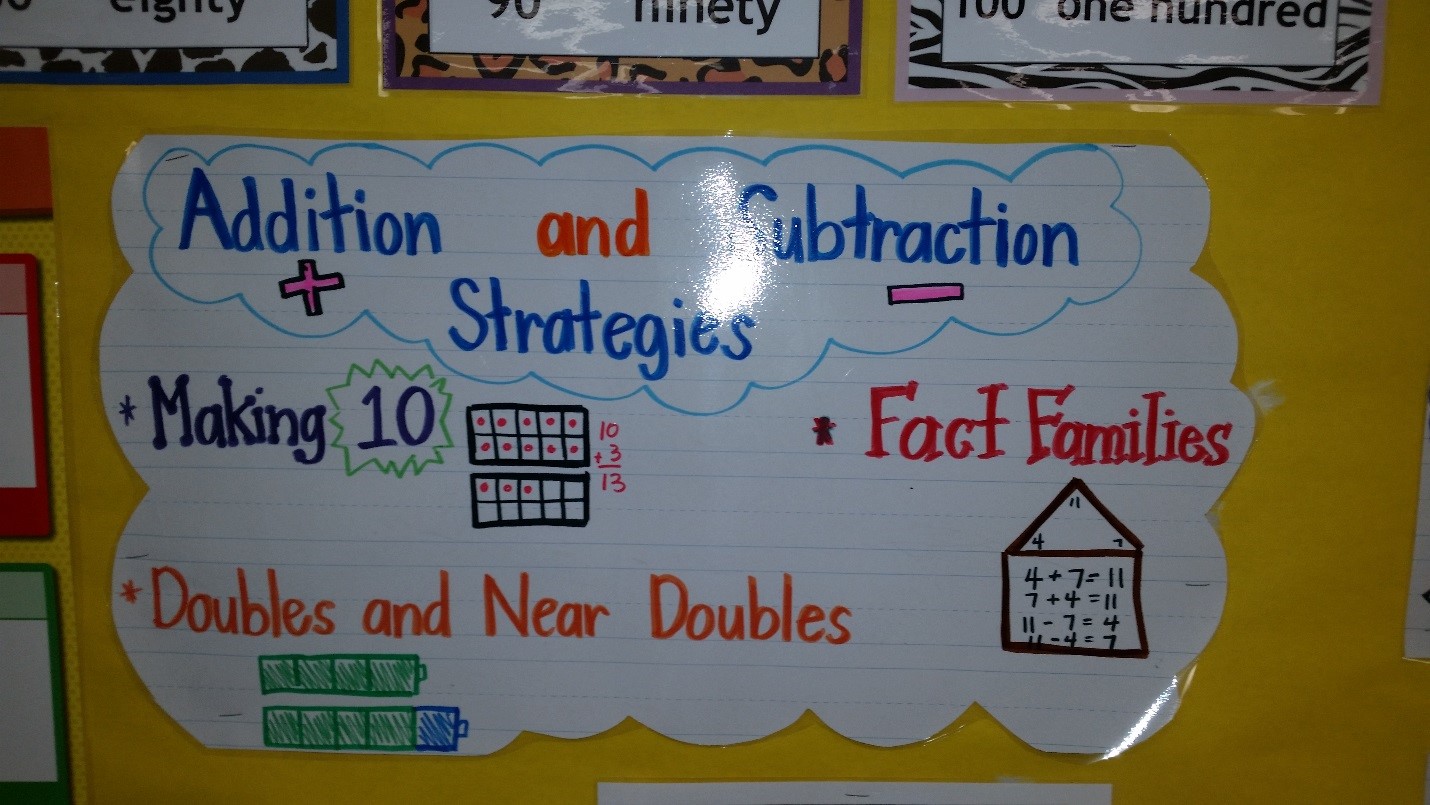Strategy for Asperger Students: Mini-Maps
In a previous blog we established the core strategy of a class schedule or agenda as an essential starting point, let’s extend our focus to a companion strategy. A schedule within a schedule has many names. For our purposes, we will call this sub strategy “mini-maps.”
A mini-map takes a piece of the schedule and breaks it down even further.
The schedule guides you from one major activity to another, while the mini-map clarifies the smaller steps within that activity. This can be especially helpful to decrease frustration associated with academic tasks, but can be useful for any chunk of time that presents a challenge.
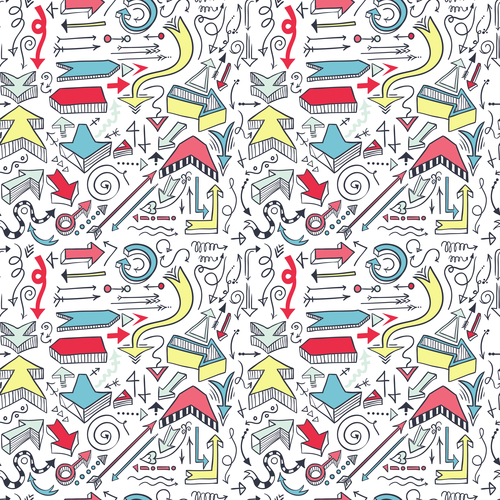
Some people with Asperger’s have difficulty with experiences that are too sensory in one way or another. Going to P.E. or taking a bath/shower can be broken down into smaller steps so that an individual can walk through these difficult experiences with a guide and a clear understanding that there is an end in sight.
For now, let’s focus on mini-maps as they relate to academic endeavors.
Often, teachers note that a common antecedent or trigger to behavioral difficulties is the presentation of academic tasks. The behaviors can range from a verbal protest to a meltdown when students feel overwhelmed by school work.
The first question to ask, of course, is what is there about the work that makes the student feel so overwhelmed? Does the page look too busy? Is too much handwriting involved? Are there too many problems? Is it too difficult or too easy? In other blogs on our “Education: K-12” section, we discuss ways to adjust the format and/or content of academic tasks to increase student success.
Mini Map Example:
A graduate of Abilene Christian University, Jennifer had a long career in TV Broadcasting. Upon learning her oldest son Sam had a form of Autism called Asperger’s Syndrome, she left her career and became a full-time mother to both of her sons. Jennifer elicited the participation of her family and together they produced several independent programs including a children’s animated series titled Ameriquest Kids, as well as a documentary and book titled, Coping to Excelling: Solutions for School-age Children Diagnosed with High-Functioning Autism or Aspergers Syndrome. She formed the nonprofit Asperger101 to provide on-going free resources related to ASD at Aspergers101.com and has implemented the Texas Driving with Disability Program and continues to grow the statewide initiative today. She and her husband have recently retired to their property in the Texas Hill Country.

